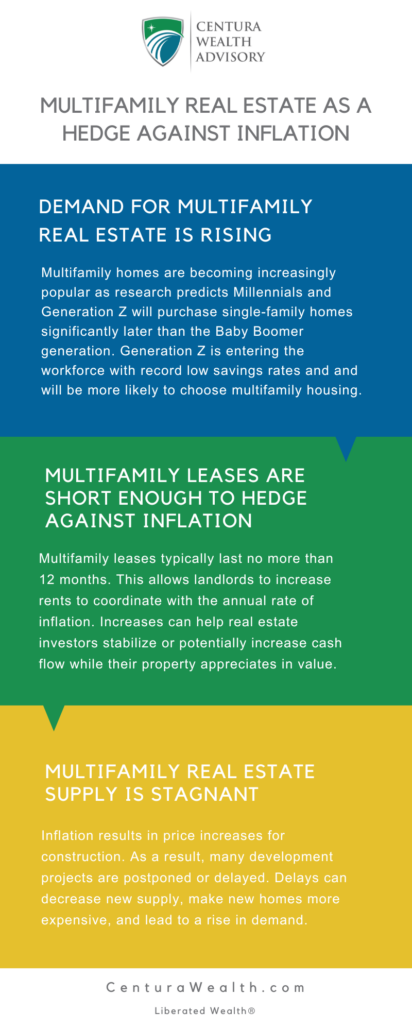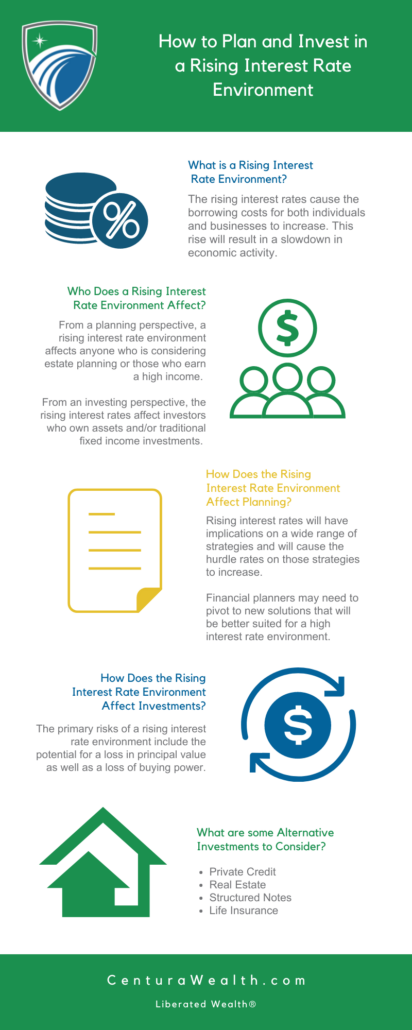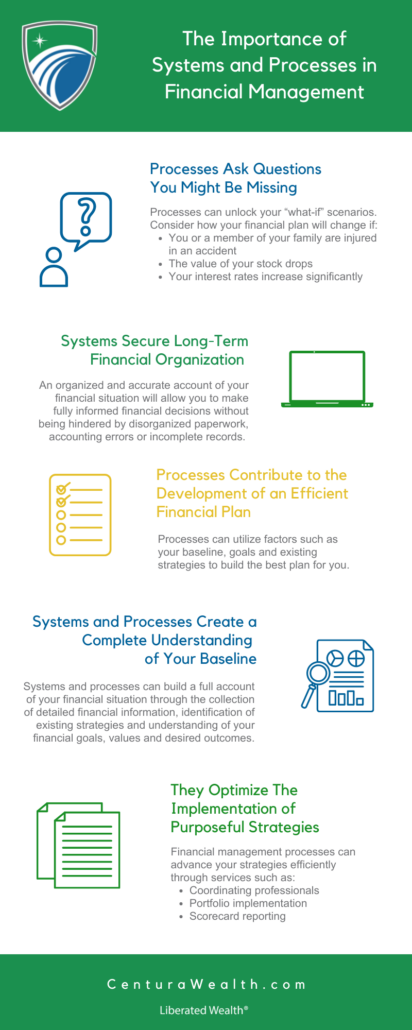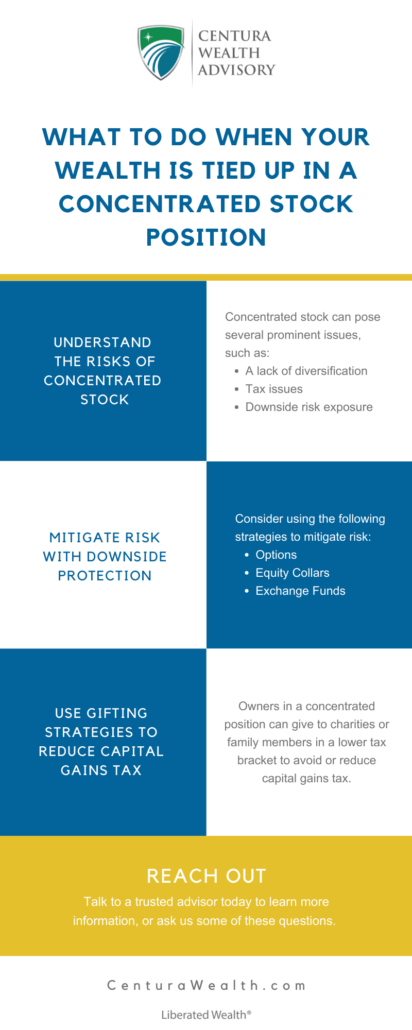With rapid growth across the economy and innovations in manufacturing, digital and information technology, India is proving to be an exciting investment for American investors. Additionally, India is home to a rapidly growing economy, the largest youth population in the world, and rising global competitiveness.
Read on to learn why American investors should invest in India’s economy and how they can get involved.
India Has a Fast Growing Economy
India has one of the fastest-growing economies in the world and shows no signs of slowing. According to the United Nations Conference on Trade and Development (UNCTAD) Trade and Development Report 2021, India’s economy is projected to grow at 6.7% in 2022 – the fastest in the world during the year.
Additionally, according to research provided by the Ministry of Finance, “India’s real GDP is projected to grow at 9% in both 2021-22 and 2022-23 and at 7.1% in 2023-24. This projects India as the fastest growing major economy in the world in all these three years.”
India Has the Largest Youth Population in the World
According to the United Nations Population Fund, India has its largest ever adolescent and youth population. The country will continue to have one of the youngest populations in the world until 2030.
Young people can transform the social and economic future of the country when supported with investments in their education, development, and leadership. Further, the current youth population is highly educated and will carry these skills into the workforce.
The National Infrastructure Pipeline
The National Infrastructure Pipeline (NIP) is a first-of-its-kind, whole-of-government exercise to provide world-class infrastructure across India and improve the quality of life for all citizens. Launched in August of 2020, NIP aims to attract investments to India and help the country reach its goal of becoming a $5tn economy by 2025.
Rising Global Competitiveness
India has exceptional information technology and business process outsourcing. The farm output and nominal factory output industries have pushed the country to be ranked third in the world based on purchasing power parity (PPP).
According to World Bank’s Ease of Doing Business Ranking 2020, India jumped 79 positions from 2014 to 2019. Within these years, the country moved from 142nd to 63rd.
India Carries a Widely Skilled Workforce
India has been an attractive option for investors because of the country’s low wages and highly skilled workforce. In fact, India has the third-largest group of scientists and technicians in the world. This has led to a series of innovations in tech as well as created a successful startup ecosystem.
What Are the Benefits of Investing in India’s Economy?
Due to its longstanding parliamentary democracy and liberal economic policies, India is a safer place than many other rising markets and put the country in investors’ minds for the past few years. Other benefits include:
- Positive demographics
- Strong economic growth
- Stable government
How Can Investors Get Involved? Let’s Talk about Private Equity
Private equity (PE) is a source of investment capital that comes from firms or high-net-worth individuals that directly invest in private companies. These investments may take the form of:
- Purchasing stakes in private companies
- Acquiring control of public companies with plans to take them private and delist them from stock exchanges
Tune in to Our Podcast to Learn More
In Episode 48 of the Live Life Liberated podcast, we discuss how to diversify your portfolio by investing outside of the U.S. markets by taking a look at private equity investment opportunities in one of the biggest emerging markets — India.
In this episode, Derek Myron is joined by Manu Rikhye, partner at GrowX Venture Management. They talk about the emerging sectors in India and how you can invest in early-stage businesses during the different rounds of venture capital funding.
Manu talks about:
- Why more companies are opting for private equity instead of an IPO
- Factors that make India an attractive market to invest in today
- The investment life cycle of a company from idea stage to a large enterprise
- Mortality rates for early-stage businesses and expected returns if they succeed.
- And more
Learn more about Private Equity Investment Opportunities in India in our podcast, Live Life Liberated.

Disclosures
Centura Wealth does not make any representations as to the accuracy, timeliness, suitability, or completeness of any information prepared by any unaffiliated third party, whether linked to or incorporated herein. All such information is provided solely for convenience purposes and all users thereof should be guided accordingly.
We are neither your attorneys nor your accountants and no portion of this material should be interpreted by you as legal, accounting, or tax advice. We recommend that you seek the advice of a qualified attorney and accountant.
For additional information about Centura, please request our disclosure brochure as set forth on Form ADV using the contact information set forth herein, or refer to the Investment Adviser Public Disclosure website (www.adviserinfo.sec.gov). Please read the disclosure statement carefully before you engage our firm for advisory services.














